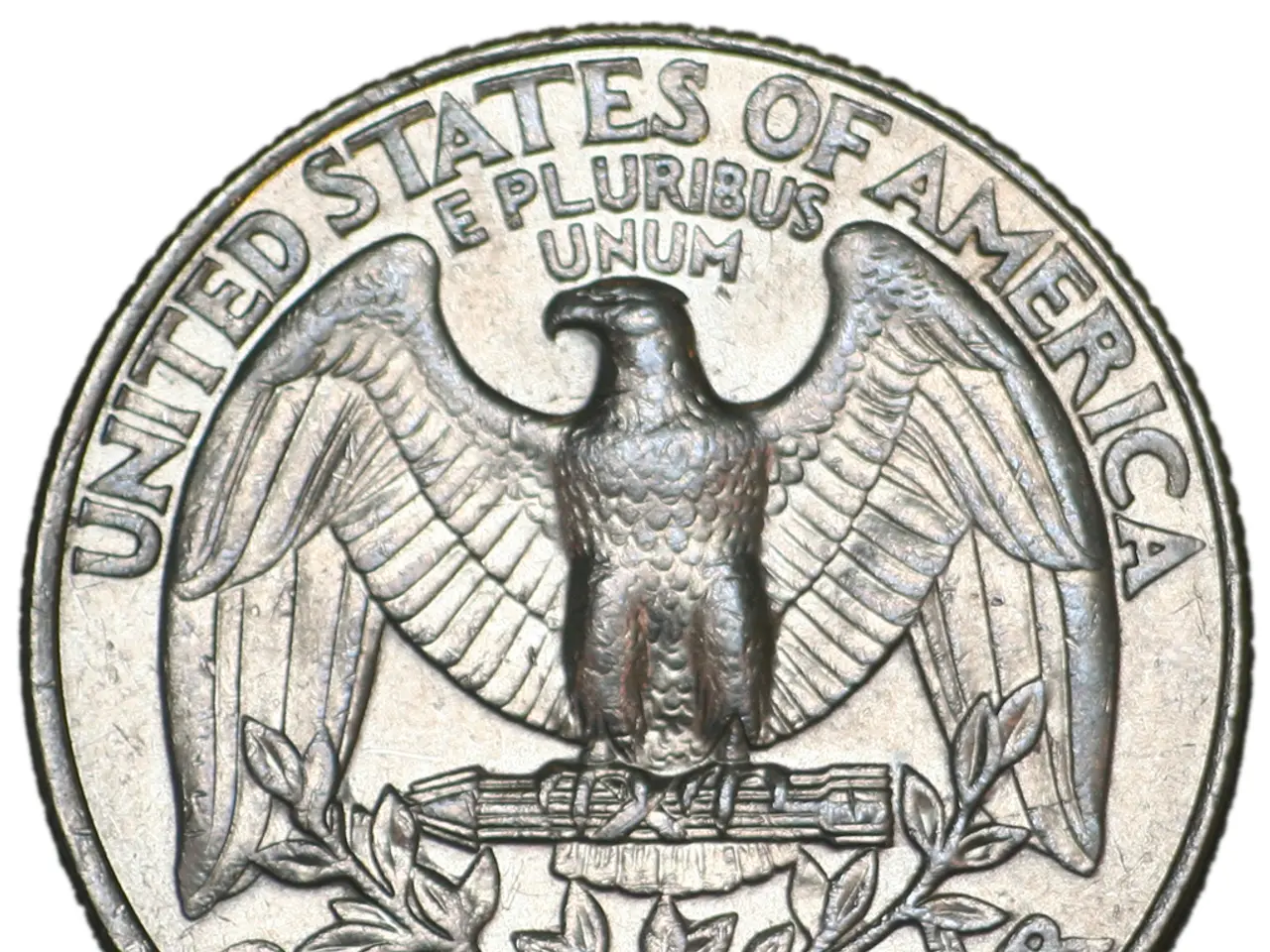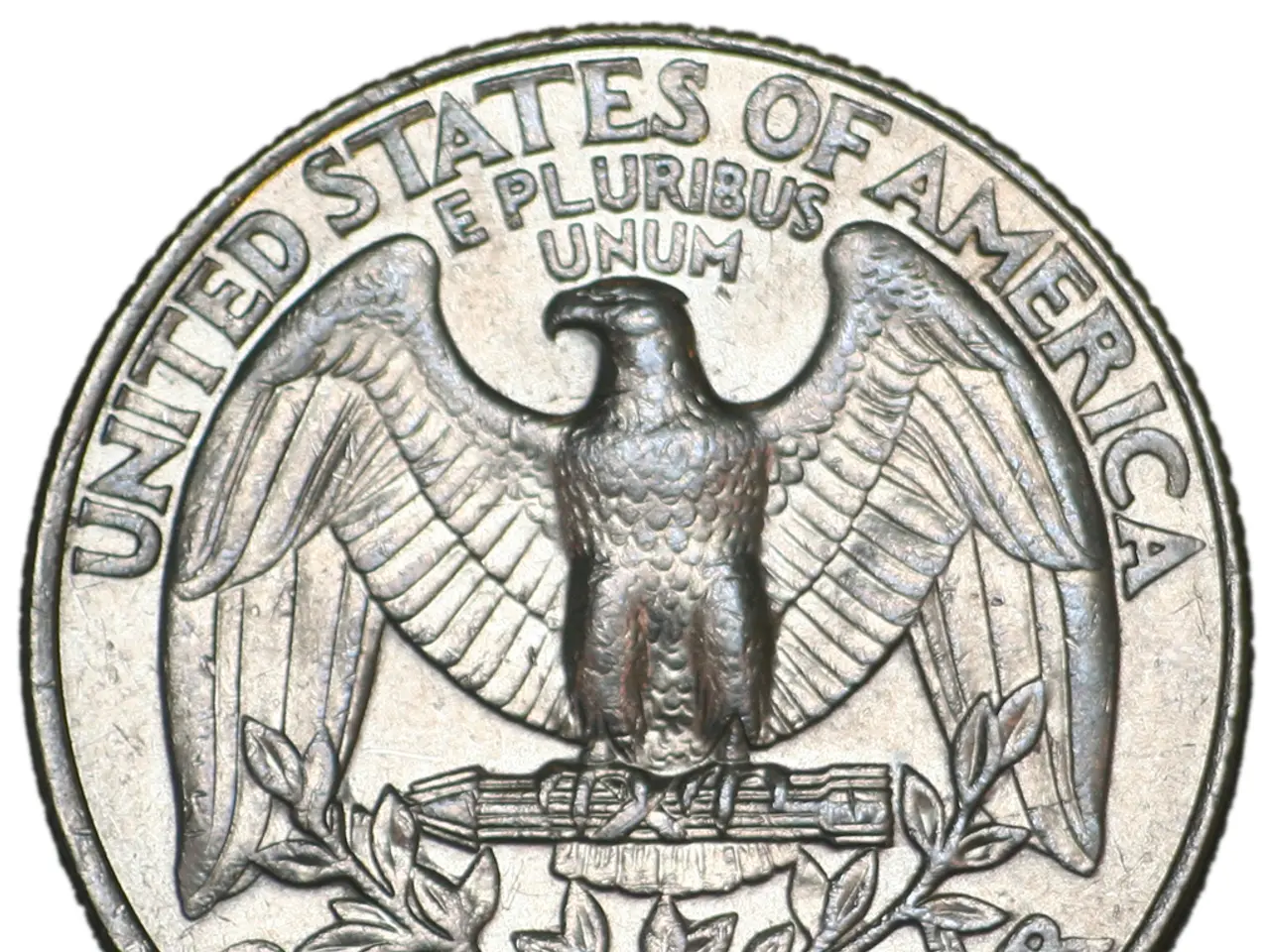Commemorating UCSD P-System, the Pascal-based Virtual Machine
The Pioneering UCSD p-System: A Nod to the Past, a Blueprint for the Future
In the realm of computing history, a fascinating player emerged: the UCSD p-System, a forerunner to the Java Virtual Machine (JVM). Hatched at the University of California, San Diego, this cross-platform programming environment revolutionized the way developers approached coding, paving the way for the modern digital landscape.
The Genesis:Developed in the late 1970s, UCSD p-System was conceived around a portable “p-code” virtual machine. This innovative design allowed programs compiled to p-code (an intermediate bytecode) to run on any hardware platform with a p-code interpreter, making it a cutting-edge technology for its time.
The 1980s Boom:The p-System rapidly gained traction, finding its way onto various home and educational computers, such as the Apple II, TRS-80, Commodore Pet, and IBM PC, ultimately becoming one of the early cross-platform development environments available to mainstream users.
The Programmer's Haven:The system predominantly support UCSD Pascal (and later languages like Modula-2), providing a unified environment that included editors, compilers, and debuggers. For a time, UCSD Pascal was the de facto Pascal standard, especially in educational settings, due to its portability and robust tooling.
From Academia to the Home Front:Besides its impact in universities and schools, the UCSD p-System made a mark in the commercial and hobbyist sectors as well. Many businesses and programmers found value in developing applications that could run on multiple machine types, or software that would not be tied to a specific hardware architecture.
Legacy:Though the p-System's popularity waned with the rise of native operating systems in the mid-1980s, its influence can still be felt in modern software design. The p-System's approach—compiling to an intermediate bytecode interpreted by a virtual machine—served as a key precursor to later systems like the Java Virtual Machine, both prioritizing platform independence and the ability to run the same software on different hardware.
Although the p-System is no longer at the forefront of computing, its legacy endures. Its pioneering spirit can be seen in modern educational and hobbyist projects, like Turbo Modula-2 Reloaded, which draw inspiration from its virtual machine approach and adapt it for current hardware.
The UCSD p-System: A Nostalgic Look BackRecently, Mark Bessey, a computer programmer who used the p-System in high school back in 1986, was inspired to revisit Apple Pascal and UCSD Pascal on the UCSD p-System. Even for nostalgia's sake, it's intriguing to tinker with a system that effectively mimics the Java Virtual Machine or Common Language Runtime of the 1970s—decades before either was even a twinkle in a software developer's eye.
Bygone systems like the p-System remind us of a time when technology was challenging the norm, pushing boundaries, and introducing radical new concepts that would shape the future of computing—much like the Java Virtual Machine and Common Language Runtime continue to do today.
The UCSD p-System vs. Early Java Virtual Machine:
| Feature | UCSD p-System (1980s) | Early JVM (1990s) ||--------------------------|---------------------------------|---------------------------------|| Intermediate Code | p-code (bytecode) | Java bytecode || Supported Languages | Pascal, Modula-2, others | Java || Target Audience | Education, home, business | Enterprise, web, universal || Platform Independence | Yes (via p-code interpreter) | Yes (via JVM) || Commercial Adoption | Wide in education, some business| Universal, industry standard |
Though the JVM differs significantly from the UCSD p-System in terms of target audience and commercial adoption, the underlying concept of compiling programs to an intermediate bytecode that can be interpreted by a virtual machine is remarkably similar. The UCSD p-System proved that a virtual machine could provide true portability across radically different computers, a concept that would become the cornerstone of the JVM's success.
Programming with the UCSD p-System extended to various hardware platforms, including the Apple II, TRS-80, Commodore Pet, and IBM PC, demonstrating its flexibility with hardware technology. In the 1980s, the p-System was employed for programming, marking an early use of technology that prefigured the Java Virtual Machine's priority on platform independence and running the same software on different hardware.






